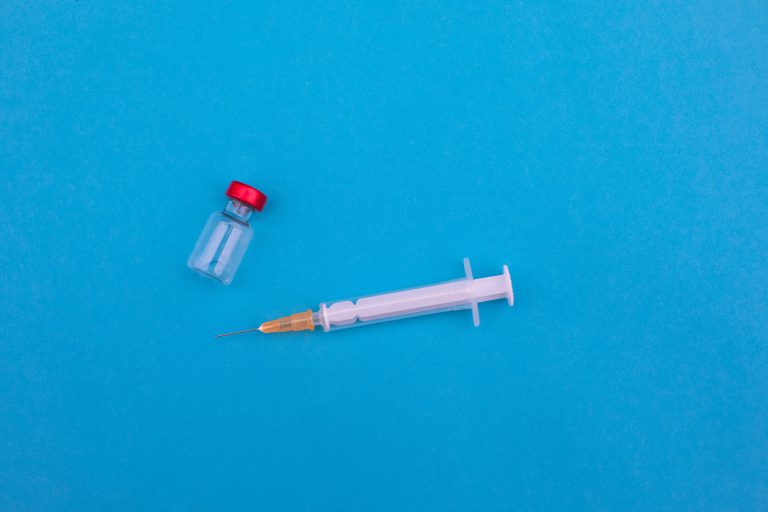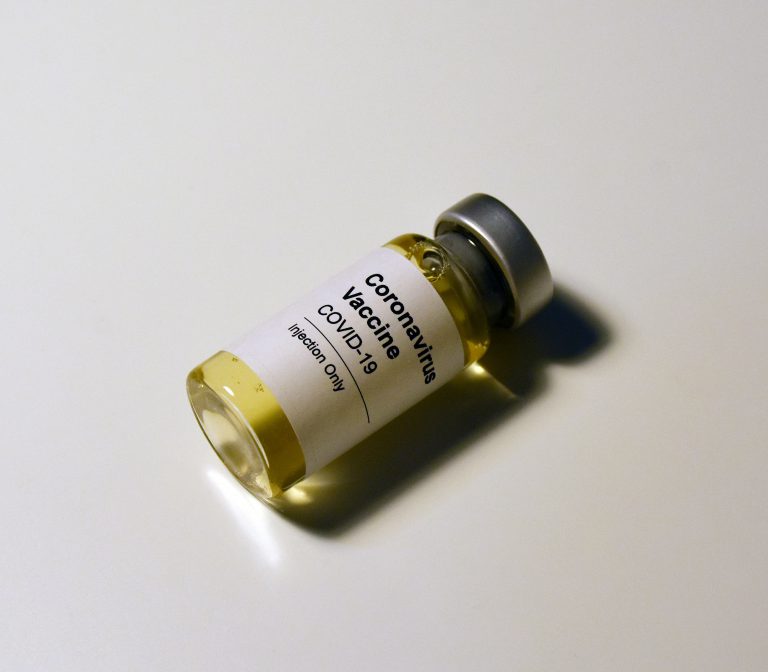The act of hearing sounds is a complex process involving sound vibrations and auditory signals. Our ears are made up of different sections that have distinct purposes. It is divided into the outer, middle, and inner ear, with each component making up a specific function for hearing. Understanding how your ears work is the first step in knowing how hearing complications can occur in your body.
“How do we hear sounds?”
The outer ear, which is also known as the pinna, collects noise from the surrounding area to funnel it into a thin passage, which is the ear canal. The middle ear takes up what the pinna receives and amplifies the sound with the help of the tympanic membrane, commonly known as the eardrum. It then separates the outer ear from the middle ear while transmitting sound vibrations from the outside into the inner ear. However, this process doesn’t allow us to hear noises as is. It must be amplified for the sound to be understood accurately.
“How is sound amplified?”
The ear’s amplification process is performed by three different bones known as the ossicles, which are the malleus, incus, and stapes. The eardrum vibrates once the noise collected by the outer and middle ear reaches it. The vibration then causes the ossicles to move and transmit sound into the inner ear.
With the help of Eustachian tubes, stable air pressure is maintained within the middle ear to make sure that we hear the sound accurately. These tubes are connected from the middle ear to the back of your throat. This is so that a person can ‘pop’ their ears by taking in oxygen to force air into their Eustachian tubes in the event of blockages in pressure.
The final step of the hearing process comes when the vibrations amplified by the ossicles reach the cochlea. The cochlea is a small tube that contains a liquid that sits inside the inner ear. It contains the basilar membrane which is covered in hair cells. Sound causes the fluid to rise and fall, which interacts with the hair cells, sending signals from the ear to the brain.
“How does our brain receive signals from the ear?”
The brain receives information on the sound’s quality from the position of the hairs that are stimulated in the basilar membrane. The brain’s auditory nerve helps us to focus on hearing voices in conversations while toning down the surrounding noise. The auditory signal reaches the medulla to relay sensory information from the brain back to the cochlea to help the ear in suppressing distracting noises to help us home in and focus on just one noise when faced with many sources.
“What are the causes of hearing loss?”
Hearing loss can come from long term physical trauma or medical diseases due to age or hereditary conditions.
Long and short term exposure to noise can reduce our ability to hear due to damage in the different parts of the ear. This includes hearing explosions in close range or experiencing loud noises regularly without the use of ear protection.
Physical injury can also lead to damage to the brain and ear, which can disrupt the flow of auditory signals from one source to the next. This is why brain trauma or a puncture to the eardrum often leads to partial hearing impairment or deafness.
A medical condition known as otosclerosis affects the ossicles and prevents it from moving when experiencing sound vibrations. This potentially leads to partial deafness due to its inability to stimulate the basilar membrane. On the other hand, Meniere’s disease causes sensorineural hearing loss, together with tinnitus or the painful ringing in the ears.
Conclusion
Your ears are delicate components of the sensory system that sends signals to your brains to transmit and evaluate auditory information. This is why taking proper care of your ears by staying away from loud sound sources is an excellent way to prevent having hearing problems early on in your lives.
Being familiar with your body’s processes is the first step in identifying potential medical complications that you may have in the future. For more medical news articles, check out our blog today!



















